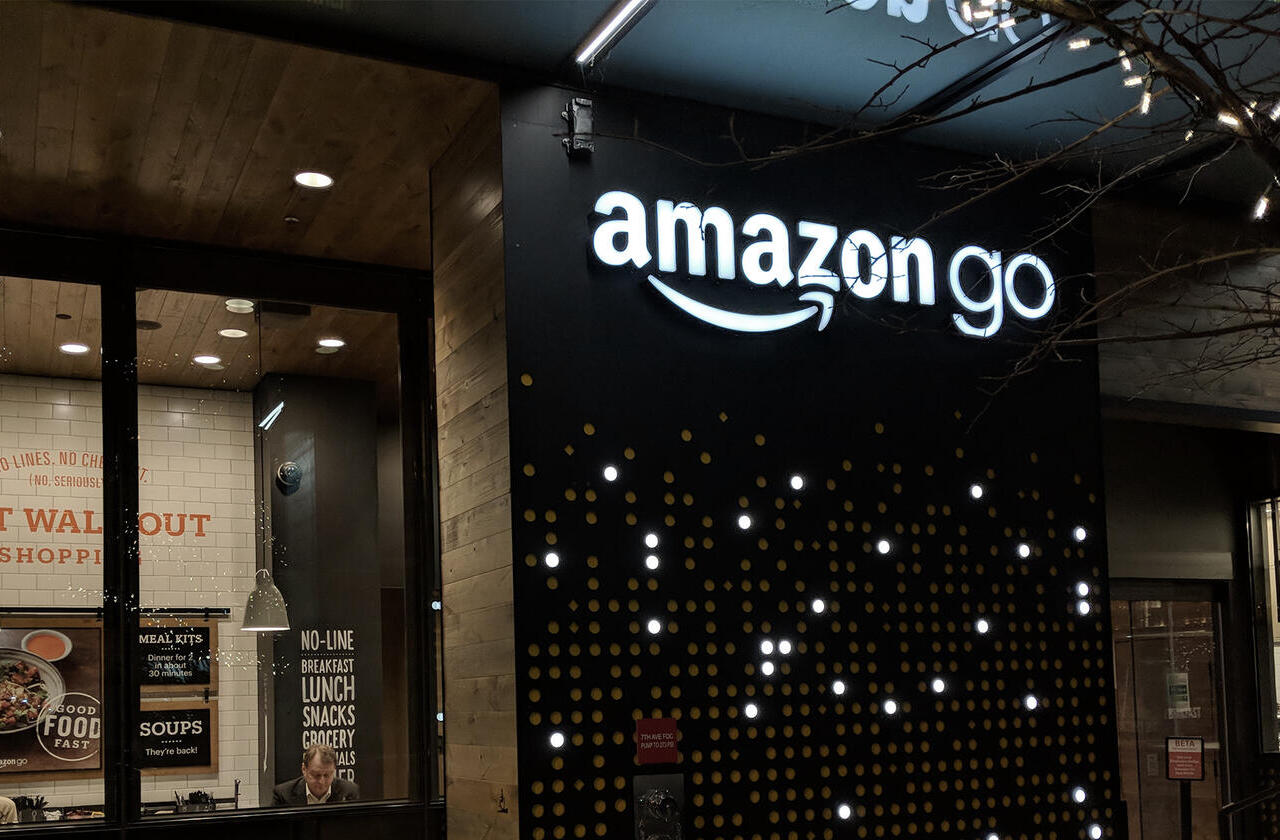






Livestream Commerce has seen tremendous growth in recent years, with estimates that it is set to comprise almost 20% of all eCommerce sales by 2026. With scores of new platforms and brands embracing this new shopping phenomenon, livestream commerce represents an exciting opportunity to reach new consumers and audiences.
Livestream commerce is a format that utilises the benefits of livestreaming with online purchasing – think of teleshopping with more audience participation and engagement. It began in 2016 with the launch of Alibaba’s Taobao Live and quickly gained popularity and success. By 2020, almost 2/3rds of Chinese consumers purchased products via livestream commerce.
The success of livestream commerce in China has led many to predict its growing influence in other regions. Despite the success of this form of eCommerce in China, this has not been replicated in the United Kingdom despite various brands and platforms establishing their own livestream commerce events.
Popular platforms like Instagram, YouTube and TikTok have all incorporated features for livestream commerce and shopping, yet these have failed to gain popularity in the same way as in the Chinese market. For these platforms in the UK, consumers are simply not accustomed to the same livestream shopping elements that made it such a success in China. Livestream commerce in China works by having influencers sell directly to consumers, this model has not worked well for the UK market where influencers are more likely to direct consumers to brands and companies with affiliate links than through direct sales.
However, the potential for livestream commerce is still there despite these initial setbacks. With an increasing number of younger consumers finding brands and products through social platforms such as TikTok and Instagram, there is greater demand for a more visual and personalised way of discovering and purchasing products online. For brands to successfully integrate livestream commerce into their omnichannel commerce strategy, several best practices have been identified in the past few years.
1. Taking Advantage of Livestreaming Formats
Brands utilising livestream commerce should understand the diversity of formats that exist within this field. There exists a multitude of ways to serve different audiences and objectives. ‘Tutorial’-style videos drive awareness of new products while ‘interview’ videos attract new audiences and consumers. Understanding the right format for your product is critical for success.
2. Utilising Interactive Features and Seamless Purchasing
Including interactive elements throughout livestream shopping events has been the key for successful brands using this medium. Games, quizzes, and giveaways keep consumers engaged and entertained throughout the entire shopping experience and serve as a way to bring value to livestream shopping that is not reliant on the products being sold.
Another stumbling block for brands is the lack of a seamless purchasing journey for livestream events. Ensuring that consumers can easily make purchases when viewing livestreams, without the need to navigate to external websites or portals, is critical to driving conversions.
3. Understanding your Audience and Product
Understanding your consumer base is also key to determining the success of livestream commerce. Research has shown younger consumers to be more willing to make purchases based on influencers and online content. Targeting a younger demographic is likelier to drive conversions during livestream events.



Our dedicated team dives deep, delivering relentless value and aligning digital solutions with your goals in a way that guarantees success
Learn more